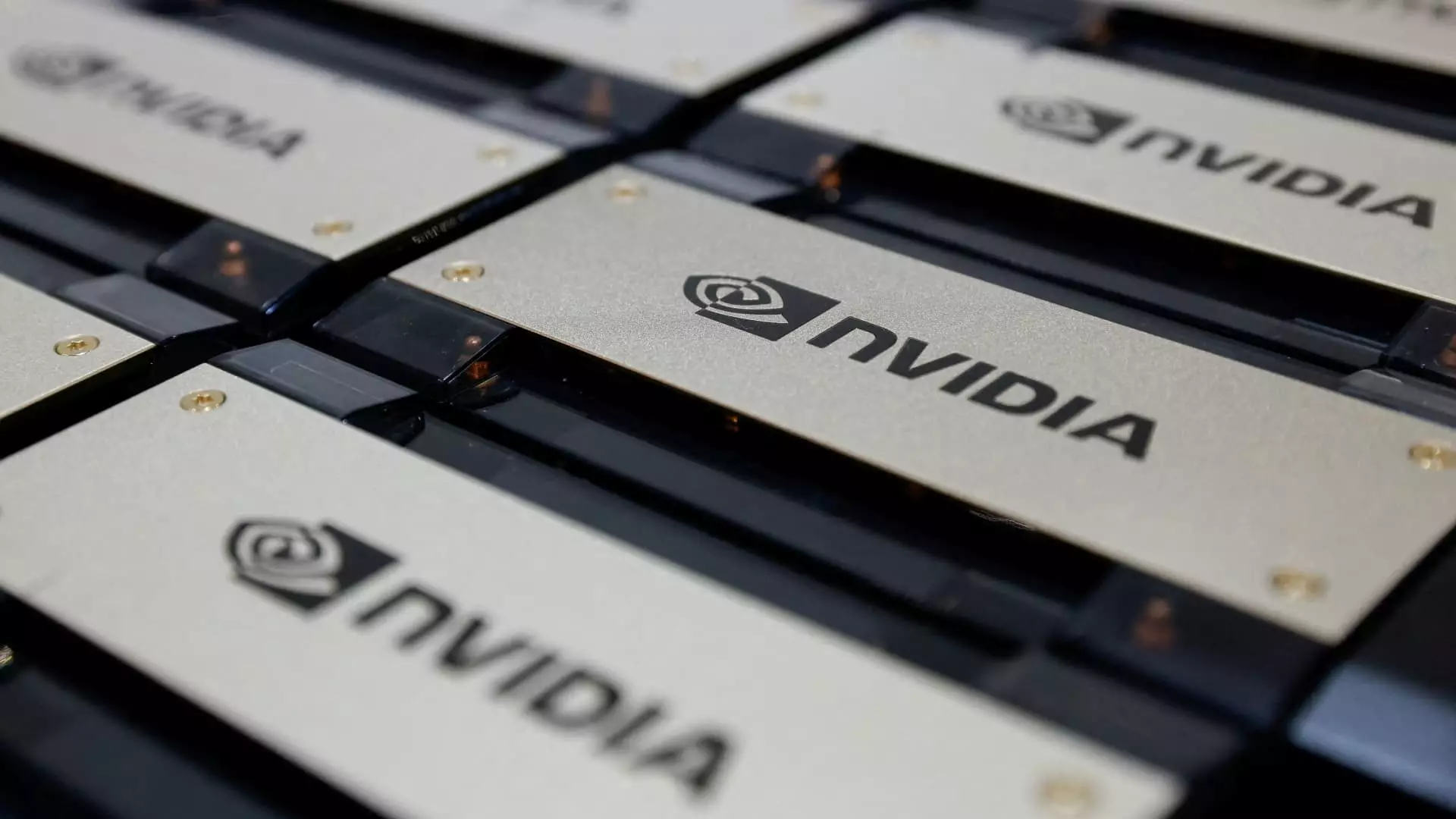In a market that teeters on the edge of volatility, Nvidia stands out as a beacon of hope for investors, especially as its shares rebounded 2% in recent premarket trading. Although this increase appears promising, it must be contextualized within the larger narrative of a 7% dip earlier this week—an unsettling reminder of the inherent risks in tech investments. As the chipmaker aims to stabilize its foothold following a turbulent week, it raises questions about whether the market’s confidence can be restored based solely on short-term rebounds. Nvidia’s trajectory is essential to monitor, as it not only affects investor sentiment but can also impact the broader tech sector’s recovery. The delicate balance of hopes and fears in technology markets exemplifies why investors should adopt a more cautious and analytical approach to stock movements.
CrowdStrike Under Pressure: A Wake-Up Call for Cybersecurity
Shifting focus to CrowdStrike, one cannot overlook its alarming decline of over 7%. As a leader in cybersecurity, the company’s announcement of a projected revenue range that fell short of analysts’ expectations epitomizes a significant financial misstep. The revenue outlook for the full year, between $4.74 billion and $4.81 billion, does not inspire confidence when analysts eagerly anticipated a figure of $4.77 billion. Perhaps more concerning is the company’s operating income guidance, which lagged even further behind expectations. Analysts projected around $218.2 million, while CrowdStrike only forecasts between $173.1 million and $180 million. The cybersecurity space is particularly volatile, and if CrowdStrike’s predictions are prophetic of an industry-wide downturn, investors should brace themselves for a bumpy ride ahead.
Flutter Entertainment: A Case for Meeting Expectations
On the other side of the spectrum, Flutter Entertainment’s recent performance is an uplifting testament to the benefits of exceeding market expectations. With earnings per share of $2.94 beating the consensus of $1.96, one cannot help but emphasize the importance of surpassing benchmarks in building credibility. The company’s robust revenue of $3.79 billion also showcases a willingness to adapt and innovate in a competitive landscape. Yet, while the numbers are important, they represent an opportunistic pivot in an era where gambling and entertainment converge. Flutter’s impressive standing sends a clear message: in the world of business, traditional metrics often hold little weight unless they translate into real consumer engagement and satisfaction.
Automakers Riding a Tariff Wave: Short-Lived Gains?
Automakers such as GM and Ford enjoyed a bounce in their stock following speculation about President Trump’s potential tariff scale-back on Canada and Mexico. The optimism is palpable, demonstrated by General Motors rising by 3.9% and Ford climbing 1.8%. However, such fluctuations based on political uncertainties should be approached with caution. While immediate gains are tempting, they can evaporate as quickly as they materialize, and reliance on government policy can create a shaky foundation for long-term growth. This volatility represents an unsettling reality for investors who might be insufficiently aware of the broader implications associated with making baseless hopes contingent on fluctuating political landscapes.
Box and AeroVironment: Lessons in Reality Check
Poor performance has troubled companies like Box, which saw a significant drop after missing revenue projections. Investors were left grappling with a sense of disbelief as guidance showed a first-quarter revenue expectation of just $274 million—not far below consensus estimates, but enough to cultivate skepticism in an already cautious market. Similarly, AeroVironment’s astounding 19% plunge following a forecast that fell short of expectations signals a critical inflection point for the unmanned aircraft manufacturer. The erosion of investor trust stemming from such stark forecasts could have long-lasting effects in an era where precision and reliability are key.
A Bright Spot: Novo Nordisk’s Bold Move
As pharmaceutical companies continue to navigate competitive waters, Novo Nordisk’s plan to offer its obesity drug Wegovy at a significantly reduced price through a direct-to-consumer platform offers a glimmer of hope amid the negativity. The approach to market the drug for less than half its usual price aptly highlights a growth strategy amidst stiff competition, especially with rivals like Eli Lilly keeping a close watch. When the pharmaceutical sector sees a shift in pricing strategy, it indicates not merely an opportunity for market share but an understanding of changing consumer needs.
In an unpredictable market landscape, mixed signals create a compelling story about the resilience and vulnerability of various sectors. Amid a backdrop of uncertainty, vigilant investors must learn to read these signals carefully, distinguishing between short-term fluctuations and long-term viability. Supply chains, consumer behavior, and political influences will continue to shape the financial ecosystem, and engaging critically with these shifts is essential for forward-thinking investment strategies.

